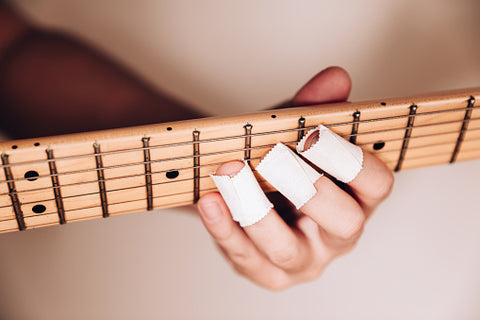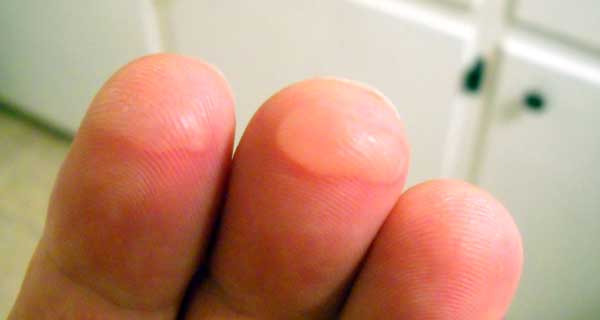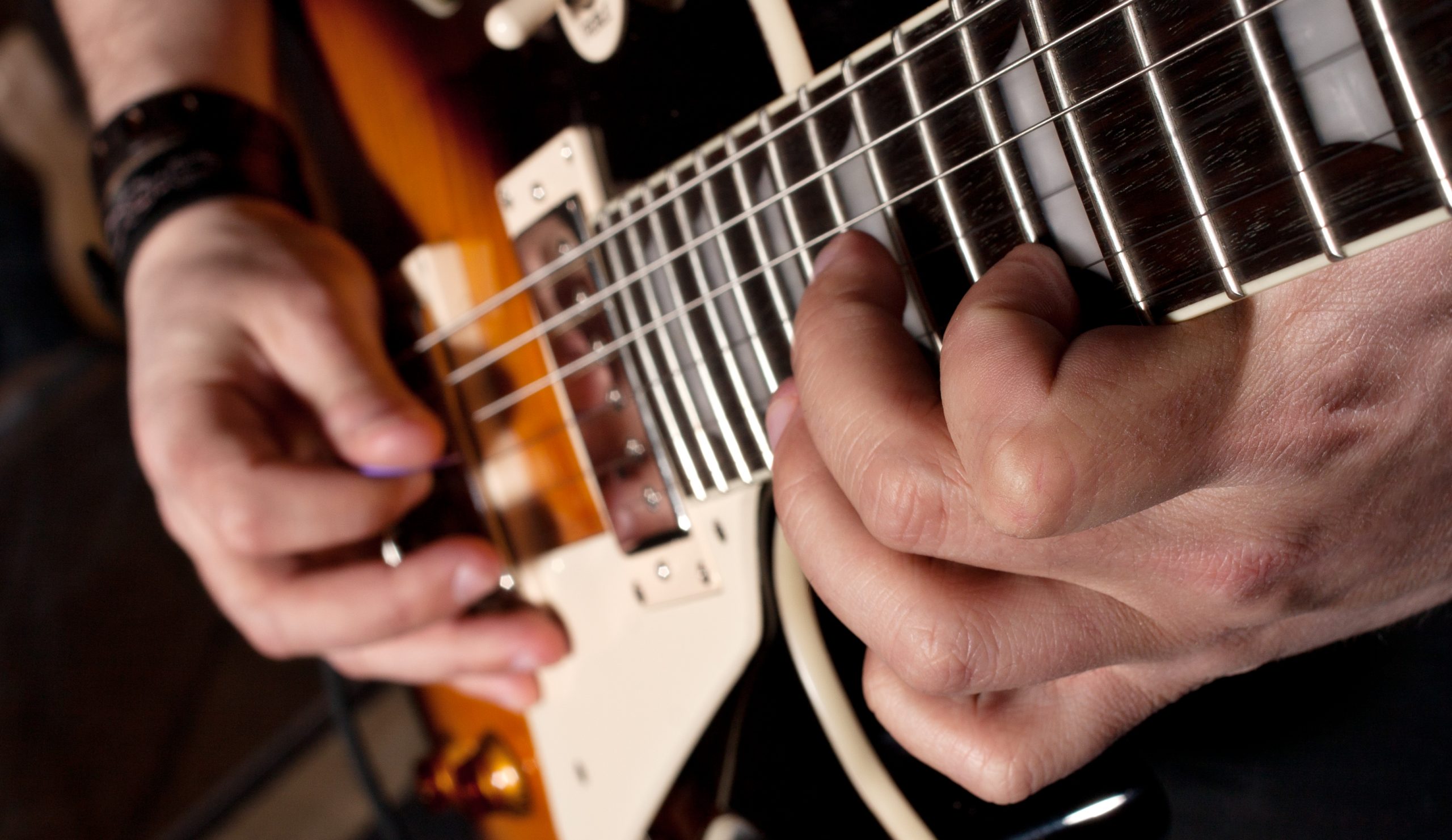Do you love playing the guitar? Are you a wiz at strumming some great notes?
Whether you’ve been in the guitar-playing gig for years, or just started testing the waters by strumming a few bars, then you’ll feel it in your fingers… literally.
When you strum on the chords, you’ll feel the shred, the strum, or the pick. When holding the neck of the guitar, your set of fingers will be sliding and holding to help create the beautiful sounds that your other set of fingers will be strumming or picking. Essentially, your hands will work as a team to create great guitar music.
However, you’ll experience sore fingers after a while of playing. Whether it’s wear-and-tear, or pain in your joints or skin, it’s bound to happen when guitar playing.
Now, this is not to discourage people from playing the guitar. In fact, when pain prevention is utilized, you can continue to play the guitar anytime you want. This guide will address the problem, and then show you preventable and treatable ways to care for your fingers, as you take up guitar playing.
Let’s dive right in!

Guitar Calluses
Believe it or not, there’s a name for evidence of long-time guitar playing: guitar calluses.
“A guitar callus refers to a thick patch of skin that develops on the fingertips when playing an instrument like a guitar,” says Jordan Stone, a music blogger at Research papers UK and Writinity. “The guitarist’s non-strumming hand is the most vulnerable to these calluses, through their constant handling of the fretboard and strings on the guitar. Over time, these calluses can form as the body’s consequence of protecting itself from the pressure of the instrumental handling. While these calluses desensitize your fingers from the pain, patchy skin can accumulate over time.”
Sometimes you’ll want to give up the guitar. You’ll hate the guitar. But if you stick with it, you’re gonna be rewarded. –Jimi Hendrix
Check out our No.1 recommendation for learning guitar here.

Prevent And Treat Pain
Now, is there any way to avoid or reduce the pain, when it comes to your fingers and guitar playing? Yes, actually.
The good news is, there are plenty of ways that you can avoid or reduce the pain of using your fingers for playing the guitar. These preventable practices include the following:
- Work your way towards playing for longer periods. Start with a short amount of time, and then gradually play for a longer period.
- Don’t press down on the fretboard too hard, when playing a note or chord.
- Keep your fingernails short. Long nails will absorb the pressure, and then strain your fingers.
- Ensure you mind the space between the strings and fretboard on the guitar. AND,
- Switch to lighter-gauge strings to avoid cutting yourself with a thinner string.

But what about treating calluses that have already formed on your fingers?
“While pain from guitar playing is inevitable, the good news is, it’s treatable,” says Tatiana Jennings, a health writer at Draft Beyond. “In fact, there are plenty of home remedies for guitar calluses and general finger pain. You can use these remedies can be used before or after playing.”
Here are some home remedies for finger pain, if you play the guitar regularly:
- Apply a cold compress on your finger to reduce any swelling.
- Use numbing ointment during resting periods.
- Soak your fingers in apple cider vinegar between sessions.
- Take a mild pain medication for muscle or joint pain. Acceptable medications include ibuprofen, Advil, and Tylenol. OR,

- Talk to your doctor or healthcare provider about your fingers. Don’t be afraid to seek medication help, if problems worsen.
Conclusion
As you can see, constant care and preventable can go a long way, when it comes to your fingers. It’s important to care for your fingers, as you play the guitar.
Now again, this is not to discourage you from guitar playing. In fact, finger pain is a part of guitar playing – even professional guitarists are prone to guitar calluses and finger pain.
So, if you’re passionate about playing the guitar, or if you just want to treat it as an off-and-on hobby, then don’t let pain hold you back. By following this brief guide, you’ll be able to play the guitar and care for your fingers.
And as always, if you have any questions concerning finger care, or if you need medical attention for your fingers, feel free to seek help from your doctor or healthcare provider.
Author bio:
Laura Reedy is a writer and editor at Term paper writing service and Buy assignment online. She is also a contributing writer at Gum Essays. As a content writer, she writes articles about music trends, guitar playing, social media marketing, and hobbies







